Note: This is work in progress some facts are still to be confirmed, additional photos required. In its current form it is a framework to be built and expanded upon, locking in key dates where I can establish them so that memories can placed into their proper context. Only some citations are present in this version of the narrative document additional ones are being maintained elsewhere for later inclusion. Specific details about living relatives are also not listed.

Rev. George William Hugh Loudon B. D., S. T. M., C. F. was born on 26 February 1912 at 28 Newton Street in Gourock, Renfrewshire, Scotland, United Kingdom to William Loudon and Nicola Machray.
He Studied for his Bachelors in Divinity in 1933–1936 in Trinity College, Glasgow, Scotland. Prior to this, presumably, he got his M.A. but at least for 1934-35 and possibly 36 as well, the evidence strongly suggests he was studying for his B.D. As it appears that a B.D. takes 3 years to achieve my current estimate (pending further details) is that he studied for his B.D. between Autumn 1933 and Spring 1936. Further data would be required for a more definitive answer.
He Served as Treasurer for Glasgow University and Trinity College Theological Society for 1934 – 1935.
George sailed to New York, United States aboard the Cameronia (more information about the Cameronia and its history can be found here) and studied for his Master of Sacred Theology (S.M.T.) degree on 14 September 1936–20 June 1937 at Hosmer Hall, Hartford Theological Seminary in Hartford, Connecticut, United States. He then returned to Glasgow, Scotland also via the Cameronia. While we don’t have records of his actual stay in Hartford, both the Passenger lists document his arrival and departure. He lists himself as either Minister or Probationary Minister on records leading me to conclude he had received his B.D. at this stage and was engaged in further education. This is borne out by a newspaper article when he was appointed Minister of St Abbs.


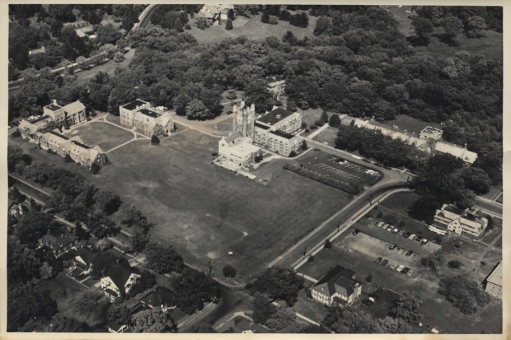


On 8 May 1938–31 December 1942 he was a Minister for St Abbs Church of Scotland in St. Abbs, Berwickshire, Scotland.


Rev. George William Hugh Loudon B. D., S. T. M., C. F. and Agnes Thomson McLean Ferguson were married on 27 September 1938 in Ashton Kirk, Gourock, Scotland. While her name was Agnes, she very much preferred Nan and even signed as that on the register.

World War II
He served in the military Army Chaplain on 1 May 1939–1942.21–23 We have two contradictory start dates 1 May 1939 and December 1939, I am inclined to favor 1 May as the source is the London Gazette published by H.M. Stationery Office as these announcements are its function. WWII did not start until September 1939, but obviously there was tension long before that. There’s one reference in one small newspaper article to him serving in France prior to Dunkirk which, from my personal understanding is true, but I don’t have further documentary references for that time.
There is a family story, which comes directly from George, that he was in the Argyll & Sutherland Highlanders who were part of the British Expeditionary Force who went to France in early 1940.The only thing he would say when asked about his time in France was a brief story about hiding in a cellar and eating sausages.
What can be easily confirmed based on public records is that the 7th and 8th Battalions of the Argyll and Sutherland Highlanders1https://en.wikipedia.org/wiki/Argyll_and_Sutherland_Highlanders were in the 51st Highland Division stationed on the Maginot line. When the German forces invaded, they were cut off from the rest of the British Expeditionary Force. The 154th Brigade and other ad-hoc elements from the 51st Division, referred to as Arkforce2https://en.wikipedia.org/wiki/Arkforce_(1940), fought a delaying action while heading for the coast and while the majority of the 51st had to surrender, the 154th Brigade was able to evacuate from Le Havre in mid-June 1940.
George remained in the army after returning from France but, according to family memory, was stationed in training camps including Glencorse Barracks at Penicuik, and one in Orkney. In later years he would sometimes affectionately mimic Gaelic speakers and how they sounded to him.
eechle ochle, eechle ochle, marmalade… echle ochle
A newspaper article from 1942, The Berwickshire News 17 November 1942 refers to him giving up his charge at St. Abbs, but I do not have a reference to precisely when he left the army. My understanding is that it was not until the war ended so some time after May 1945, but presumably prior to 1946. During this time he was apparently able to continue some of his studies and writing as he was published in The Expository Times – “A Failure of Idiom” in February 1944.
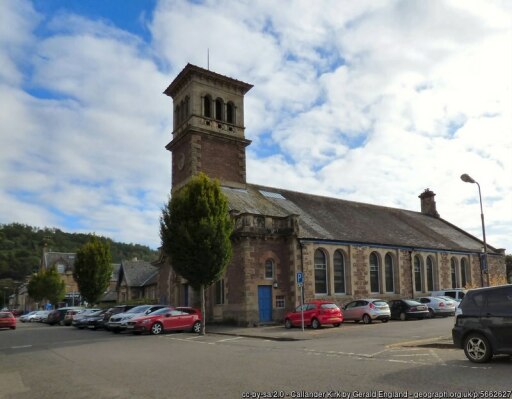
Post War
Between 1946–1952 he was a Minister of St Brides Church in Callander, Perthshire, Scotland.
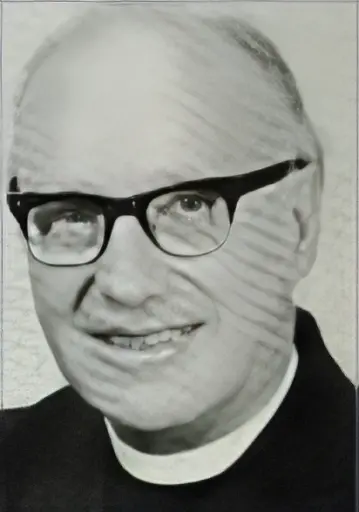
In 1952–1959 he was a Minister of Trinity Church in Trinity Manse, Uddingston, Scotland3https://uddingstonold.org/trinity-church-ministers/.
George was member of Special Commission on Baptism from in 1953–1963. The Special Commission on Baptism was appointed in 1953 by the General Assembly of the Church of Scotland. The only reference to his membership that I have is the PHD Thesis by Ruth Helen Bell Morrison. I would assume that the General Assembly has archives of the correspondence between members of the Commission.
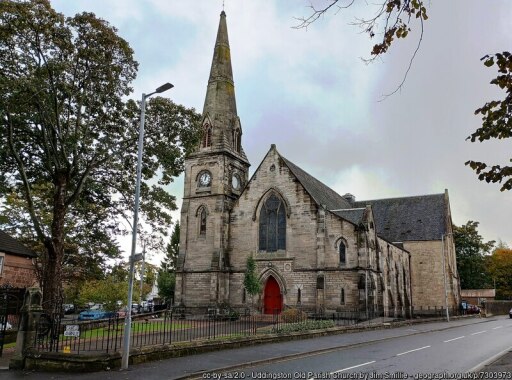
He was member of The Church Service Society4https://churchservicesociety.org/ from in 1954–1982. Membership of this society can be established from 1954 through 1982 however, given that he was elected to the Council in 1954 it is reasonable to presume his membership started earlier and while the last membership record I can find is 1982, I suspect a lifetime membership.
It appears was member of Studiorum Novi Testamenti Socitas5https://snts.online/ from at least 19556https://www.cambridge.org/core/journals/new-testament-studies/article/abs/tenth-general-meeting/4EBD8CFBA2524989F98C10CEC6B6FF48. I believe he was a member for many years, perhaps for life, but would need to get access to tne New Testment Studies publications via Cambridge University Press to confirm.


Between 1959–1977 George was a Minister of Bolton and Saltoun Church, living at Saltoun Manse, Saltoun, East Lothian, Scotland.
Based on this list of “Loudons in Probate” it appears that George’s mother Nicola Machray died in 1961.
I have not done any further research on this yet and it is before I was born so have no personal memories of her sadly.
Retirement
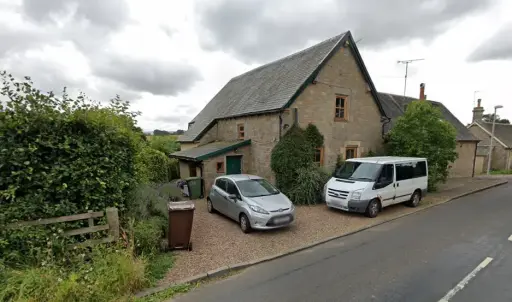
George and Nan moved to Smithy Cottage in Bolton, Lothian, Scotland and lived there from 1977 to 1984. The move was triggered by a decision to sell the Manses of Gifford, Saltoun and Bolton as part of the plan to join the parishes of Bolton, Saltoun, Yester and Humbie.
I don’t have a precise date for the move but was able to confirm that they were in Smithy Cottage by 1977 based on phone directory records. The joining of the parishes occurred in 19797https://www.yesterboltonsaltounchurch.org/history.html and it was at this time George retired.
This is a perfect example of why you can’t just rely on memory for these things because I thought they moved later after retirement. Partly because I have simply jumbled up the events in my head but also because I didn’t think I remembered anything from being 5 years old but I do remember the move.
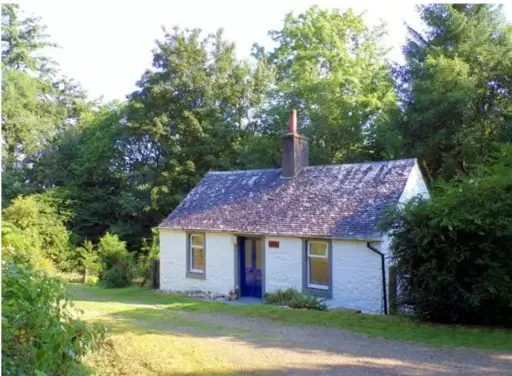
Around 1984 (again based on phone directory records), George and Nan moved to Church Cottage in South Dippen, Carradale, Strathclyde, Scotland, United Kingdom, an area which had strong personal memories for them.
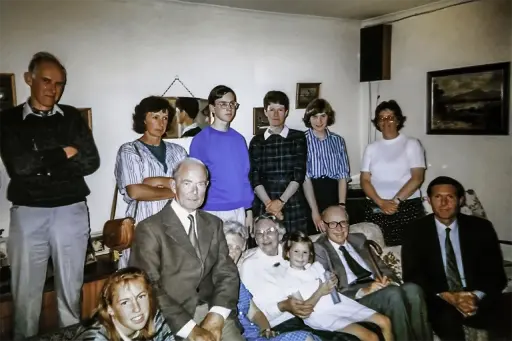
Carradale became a place that we as a family, or sometimes just us as children, visited at least yearly and I have a lot of jumbled memories of that time period that I’ll attempt to sort through at some point.
George died on 7 May 1990 at the age of 78 at Church Cottage, in South Dippen, Carradale, Strathclyde, Scotland, United Kingdom.
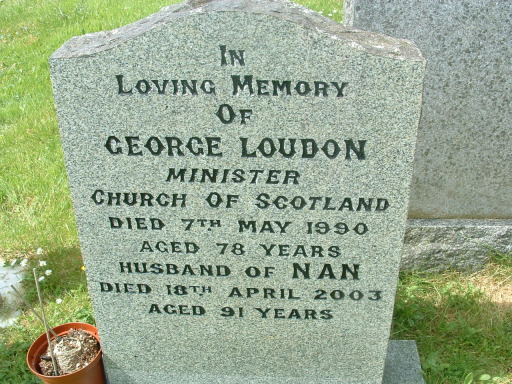
He was buried in May 1990 at Brackley Wood Burial Ground in Carradale, Strathclyde, Scotland, United Kingdom.
- 1
- 2
- 3
- 4
- 5
- 6
- 7
